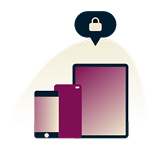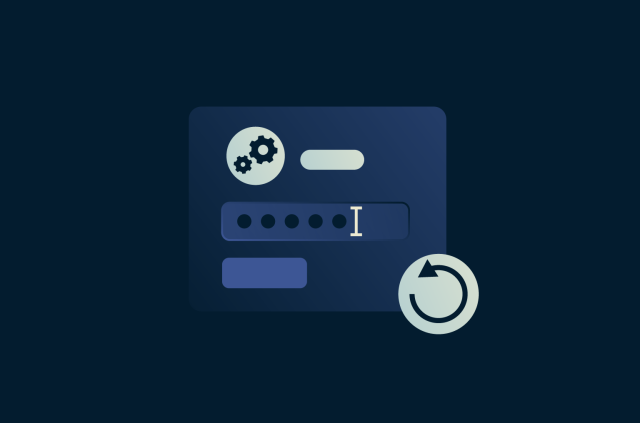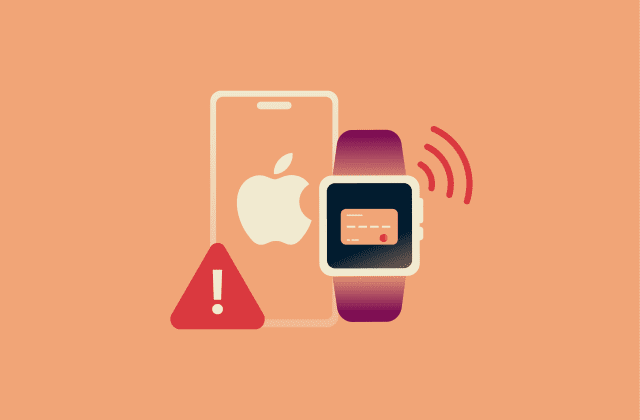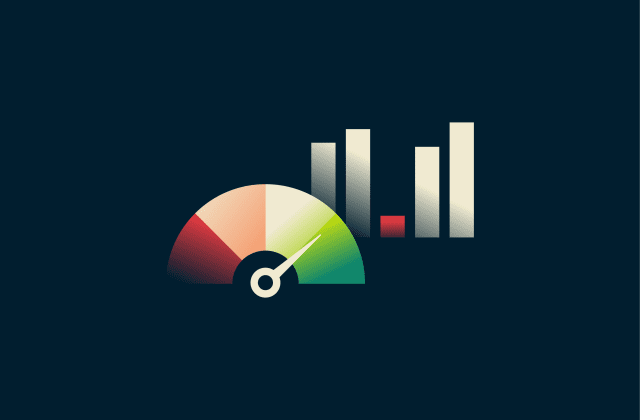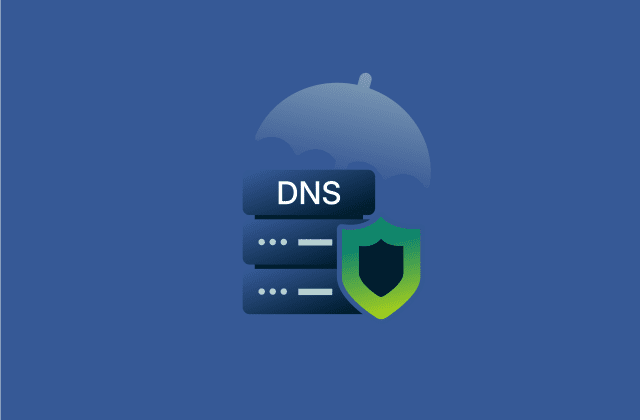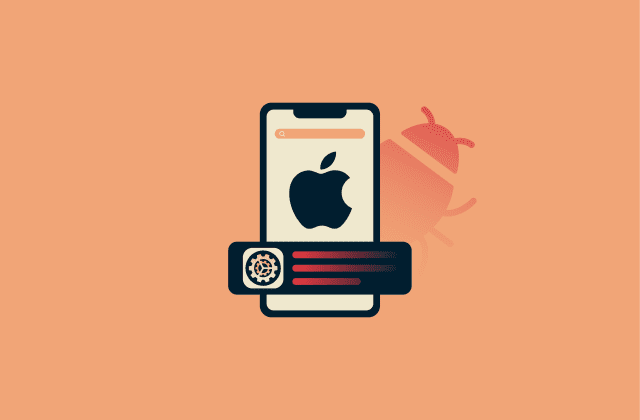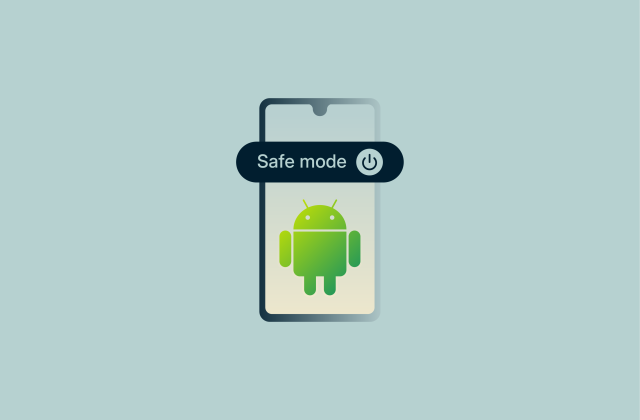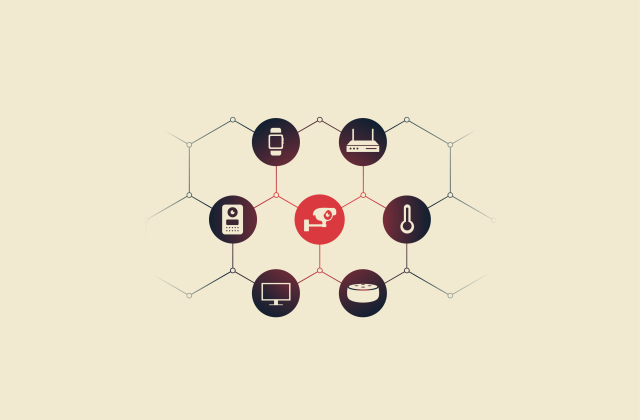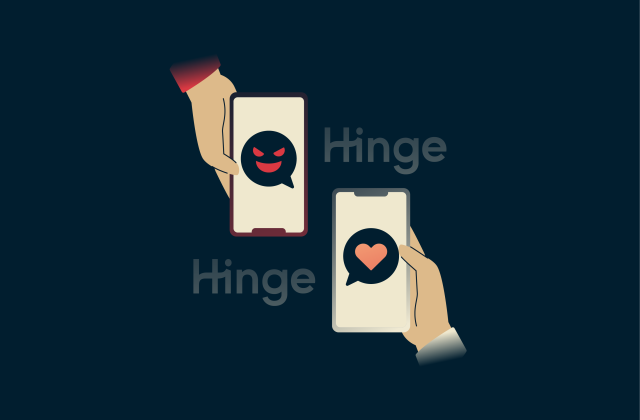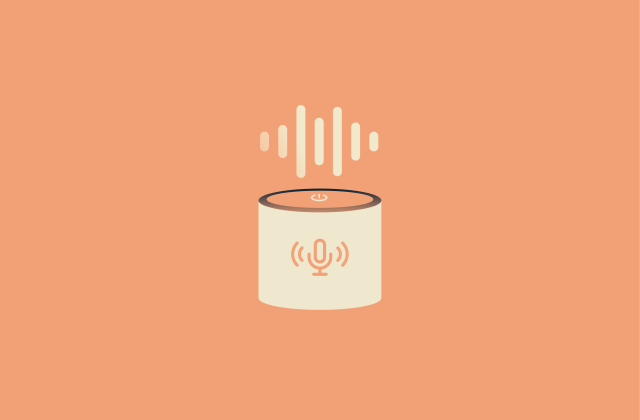How to check if someone is using my identity: 7 essential steps
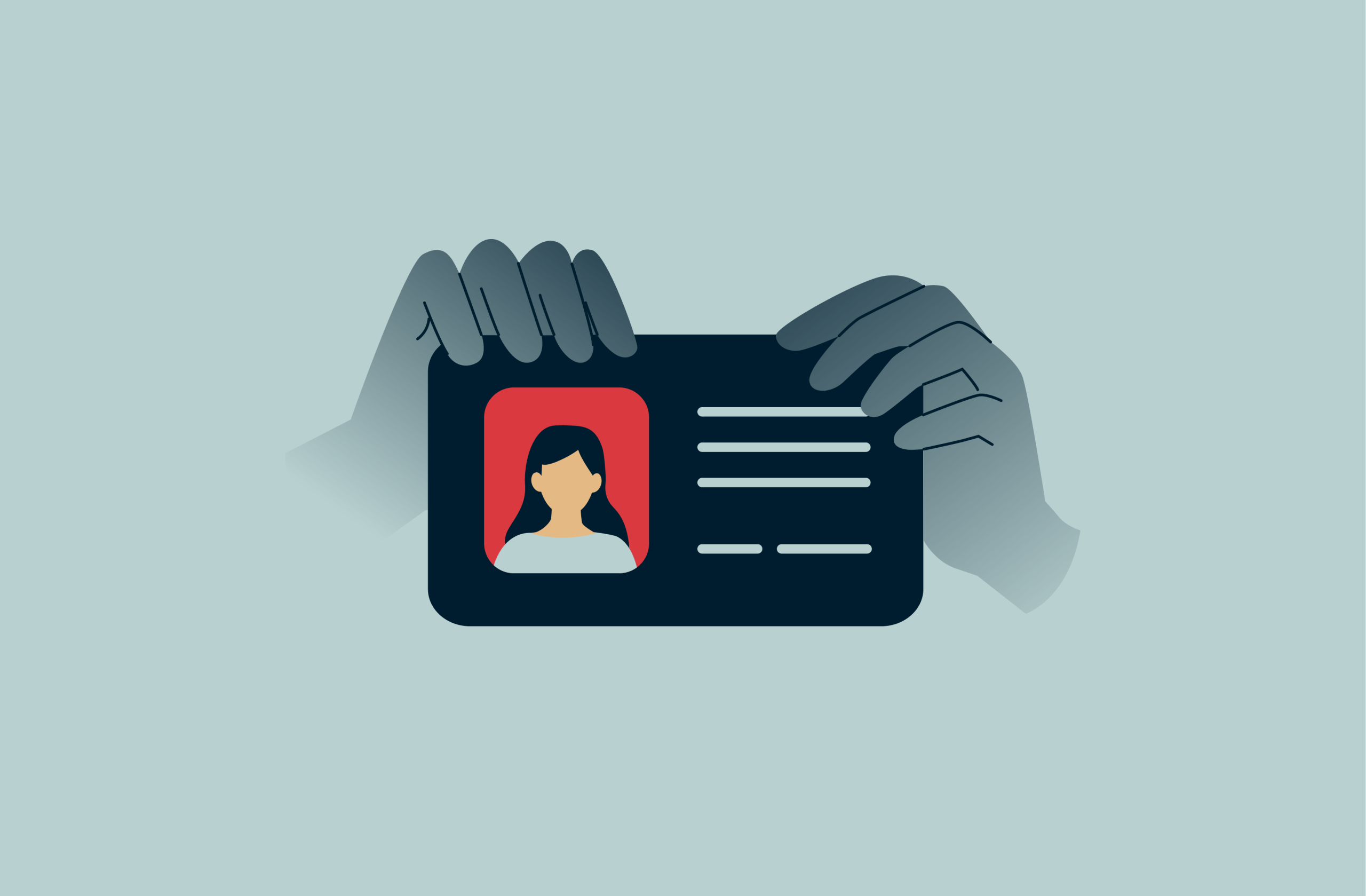
Identity theft is more common than ever, with millions of people falling victim each year. The fallout can be devastating: fraudsters might open bank accounts, apply for loans, take out credit cards, or make big purchases in your name. That can leave you dealing with financial headaches, legal troubles, and plenty of stress.
The longer it goes unnoticed, the more damage it can cause. That’s why spotting warning signs early can help limit the damage. If you’ve ever asked yourself, “How do I know if someone is using my identity?” this guide walks you through the key steps to check and protect yourself.
Please note: This information is for general educational purposes and not financial or legal advice.
How do I check if my identity is being used
There are numerous ways to check for identity theft, and the more good habits you get into, the easier it’ll be to spot theft if it occurs.

Step 1. Check your credit report for fraudulent accounts or errors
Your credit report is basically a statement summing up your credit situation and recent credit activity. It includes information about any open accounts you have, as well as details of any outstanding debts. The three major credit bureaus (Experian, Equifax, and TransUnion) all provide credit reports, and you can view free weekly reports at Annual Credit Report.
It’s wise to review your reports regularly to look for any signs of suspicious activity, like unauthorized credit applications or new, unexpected debts. You might also spot credit report errors that could have an impact on your credit score, so it’s worth checking at least monthly to stay fully informed and up-to-date on your credit situation.
Step 2. Review your mail for unexpected or missing correspondence
Your mailbox can be an early warning system for identity theft. If someone opens accounts or takes out loans in your name, you might suddenly receive bank statements, loan approvals, or even debt collection notices for things you never signed up for. Don’t ignore these; instead, open and read them carefully.
Just as important is noticing what doesn’t arrive. If your regular bills, bank statements, or other routine letters suddenly stop coming, it could mean a thief has intercepted or redirected your mail to hide their tracks. Missing correspondence can be just as telling as strange new mail.
To stay ahead, keep track of your monthly bills, and if something doesn’t show up, contact the company directly. And make it a habit to shred any sensitive documents before tossing them to keep personal details out of the wrong hands.
Step 3. Check your bank and credit card statements for suspicious transactions
Make it a habit to review your credit card and bank statements every week or at least once a month. Go through your transactions carefully; you might spot a charge you don’t remember, a strange vendor name, or even the same payment showing up more than once.
Scammers often start small, slipping in low-value charges to see if you’re paying attention. If those go unnoticed, they may feel bold enough to hit you with a much larger transaction later. That’s why checking the little details now can save you from bigger headaches down the road.
Step 4. Review your health insurance records for signs of medical identity theft
Your health insurance information is more valuable than you might think, and scammers routinely commit medical identity theft, stealing health insurance information to obtain free care or benefits. Thus, it’s a good idea to start reviewing your medical records, including any bills you receive, Medicare statements, and explanations of benefits.
As you go through these documents, pay close attention to the services you’ve been billed for, the dates those services took place, and what was involved, and make sure everything aligns with the care you have actually received.
Step 5. Monitor your Social Security statements for unrecognized earnings
Your Social Security number (SSN) is one of the most valuable pieces of personal information you have. If criminals get hold of it, they can do serious damage: everything from claiming your benefits to opening credit cards in your name. That’s why protecting it is crucial, and why checking your Social Security statements regularly matters.
These statements include details about your earnings and the benefits you’re building toward. If someone is misusing your SSN, you might see employers you never worked for or income that doesn’t belong to you. Spotting these red flags early can help you stop the fraud before it grows.
Learn more: See what to do if your SSN is on the dark web.
Step 6. Watch for signs of tax-related identity theft
Tax-related identity theft happens when someone uses your SSN to file a fraudulent return and claim your refund or even to claim someone as a dependent. Some of the most common red flags include:
- Receiving a Form W-2 or 1099 from an employer you never worked for
- Getting a Form 1099-G for unemployment benefits you didn’t claim
- A notice about unreported income
Crediting that someone else may have filed a return in your name, the Internal Revenue Service (IRS) will halt processing and send you a letter (such as Letters 5071C, 4883C, or 5747C), explaining the issue and guiding you on how to verify your identity to resolve it.
Step 7. Look for unknown devices or locations in your online account logins
One of the clearest signs that someone may be using your identity online is unfamiliar login activity. Many platforms (like email, banking apps, and social media) let you view the devices currently signed into your account and the locations of recent logins. If you see a device you don’t recognize or an access attempt from a city or country you’ve never been in, that’s a strong warning that someone else has your credentials.
Many online services now provide real-time alerts for suspicious sign-ins, password resets, or logins from new devices. Don’t ignore these warnings: review them right away, and if anything looks unfamiliar, secure your account by changing your password and enabling multi-factor authentication (MFA). Taking action at the first sign of an unknown device or location can stop thieves from harvesting more of your personal data.
How does identity theft happen?
There are different types of identity theft, like financial, medical, and synthetic identity theft, where criminals combine real and fake details to create a brand-new identity. While each type works a little differently, the tactics used to steal your information often look very similar.

- Phishing and social engineering: Scammers send fake emails, texts, or calls designed to trick you into sharing personal details. They may pretend to be your bank, a government agency, or even a friend to gain your trust and pressure you into handing over information.
- Malware: Malicious software, like keyloggers, can secretly record what you type, including usernames and passwords. Once installed on your device, this data gives criminals the keys to your accounts.
- Physical theft: Sometimes, it’s old-fashioned stealing. Pickpocketing, stolen mail, or tampered ATMs with “skimmers” can all give criminals access to sensitive details they later use for fraud.
- Data leaks and breaches: Even big, trusted businesses sometimes suffer data leaks and breaches, with huge amounts of user information often ending up in the hands of cybercriminals. If they obtain the right pieces of data, they may be able to commit various acts of fraud with it.
- Dark web data: Stolen data often ends up on the dark web, where it’s bought and sold. Everything from credit card details to full login credentials can be traded, fueling further acts of identity theft.
What to do if your identity has been stolen
If you notice any of the signs of identity theft, from unusual health insurance claims to suspicious bank transactions or Social Security statement errors, it’s important to act fast. The longer you wait, the more damage the criminals can do.

Immediate actions to take within 24 hours
Reminder: The steps below are shared for general awareness. They’re not legal or financial advice, but they can help you understand common ways people respond to identity theft.
Here are some of the most urgent steps to take in cases of identity theft:
- Lock or freeze your credit: A credit freeze/lock basically stops any new accounts or loans from being opened in your name. So, even if scammers have your data, they won’t be able to commit financial fraud with it.
- Contact your bank: Get in touch with your bank, either over the phone or via other means, to let them know that your account may be at risk. They should be able to freeze your account and cancel your cards.
- Secure your accounts: If you suspect any of your personal accounts are compromised and your login data is in the hands of scammers, take the necessary steps to secure your accounts, like changing passwords and enabling two-factor authentication (2FA).
Report identity theft to authorities
You should also rapidly report identity theft to the relevant authorities, including the Federal Trade Commission (FTC) and your local police department. It’s possible to file an identity theft report online, and they’ll start investigating your case and providing updates and advice to help you.
Long-term monitoring and prevention tips
Even if you’re careful with your information, you can’t control when companies suffer data breaches or when your details end up in the wrong hands. That’s why ongoing monitoring and layered protection are key.
A virtual private network (VPN) helps on the front line by encrypting your internet connection, making it much harder for criminals or data brokers to intercept your activity and harvest personal information in the first place. But prevention is only half the story; you also need ways to detect when your data is already out there and act quickly to contain the damage.
That’s where dedicated protection services come in. ExpressVPN’s Identity Defender (currently available to U.S. users) combines several tools into one system. ID Alerts monitor public records and the dark web for signs your information is being shared or sold, while Credit Scanner keeps watch for suspicious activities on your credit file.
Plus, ID Theft Insurance* adds a layer of financial support if your identity is misused. Finally, the Data Removal service pulls your personal details off people-search sites and data broker lists, limiting how easily they can be exploited or sold to third parties. There’s also a free tool that shows which data brokers and people search sites have your data.
Together, these layers give you a clearer picture of where your identity stands and more control over how to protect it, so you’re not left waiting until the damage is already done.
Learn more: Read our detailed guide to find out if identity theft insurance is really worth it.
Practice strong password hygiene and enable MFA
Reduce the risks of unauthorized users and scammers gaining access to your personal accounts and information by ensuring all your passwords are strong and complex. A password manager like ExpressVPN Keys can help with this.
It’s also wise to enable MFA on all possible accounts, so even if scammers somehow guess or crack your password, they still won’t be able to enter your accounts.
Learn more: Check out our comprehensive guide on identity theft prevention.
FAQ: Common questions about identity theft
How can I make sure my identity has not been stolen?
Experts recommend taking a holistic approach to checking and securing your data. That means getting into the habit of checking your credit report regularly, reviewing your bank accounts often for any signs of suspicious activity, checking your Social Security and health insurance statements, and subscribing to identity protection services, like Identity Defender.
Is there a way to find out who stole my identity?
You personally may struggle to find out who, exactly, stole your identity. However, if you report the case to the relevant authorities, including the police and the Federal Trade Commission (FTC), they can launch an investigation and potentially track down the culprits.
What are the first signs of identity theft?
Early signs of identity theft can vary from case to case but often include unfamiliar or suspicious activity on your bank or credit card statements, like transactions you don’t remember making, or attempts to take out loans or open new credit cards in your name. This is why it’s wise to keep a close eye on your bank statements and credit report so you can spot any suspicious signs as and when they appear.
How can I check if someone is impersonating me online?
It can be difficult to detect online impersonation, but there are several steps you can take, such as searching for your name on popular social media platforms and search engines. Keep a close eye on your social media pages and other online profiles to spot any suspicious activities, like unauthorized changes to your personal information or posts you didn’t write.
How can I check for identity theft outside the United States?
When checking for identity theft anywhere, many of the same rules and ideas apply: keep a close eye on your bank accounts and credit card statements to look for any signs of suspicious activity, watch out for any strange mail or messages, and monitor your data and devices to spot any cases of unauthorized access or usage.
Can I spot identity theft by reviewing my credit report?
You may be able to spot the signs of identity theft by reading through your credit report, so it’s a good idea to get in the habit of checking it regularly. Your report will detail all of your open accounts, balances, and payment histories, and you may notice, for example, accounts you don’t remember opening or unexpected debts.
*The insurance is underwritten and administered by American Bankers Insurance Company of Florida, an Assurant company, under group or blanket policies issued to Array US Inc, or its respective affiliates for the benefit of its Members. Please refer to the actual policies for terms, conditions, and exclusions of coverage. Coverage may not be available in all jurisdictions. Review the Summary of Benefits.
Take the first step to protect yourself online. Try ExpressVPN risk-free.
Get ExpressVPN


